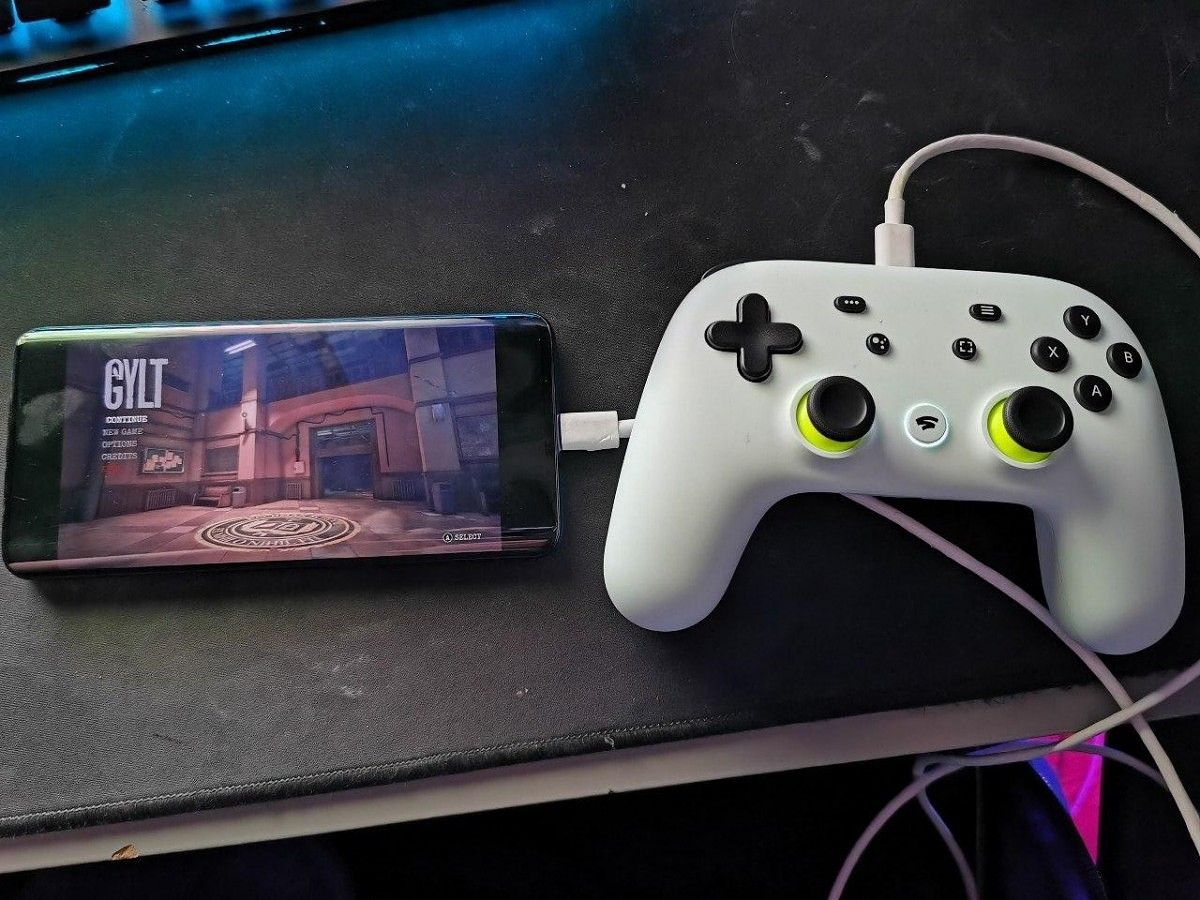Google's cloud gaming service is finally live after months of waiting. To sum up the launch, it's fair to say that Google overpromised and underdelivered with Stadia. Still, despite the fact that many features are missing at launch, shipment and codes were delayed for many users who pre-ordered, and games aren't running at the promised 4K60 quality, the service itself seems to work pretty smoothly.
I haven't had the chance to play games on it yet, but XDA Contributor Max Weinbach is satisfied with Stadia so far. He shared his Buddy Pass with me so I can try Stadia out when I'm traveling next month, but I don't plan on bringing the Pixel 4 with me because of its poor battery life. Unfortunately, Google requires you have the Pixel 2, Pixel 3, Pixel 3a, or Pixel 4 if you want to stream games directly to your smartphone using the Android app. It's possible to launch games using Google Chrome in desktop mode, but unfortunately, controllers don't work this way. Thus, I wanted to see if I could trick the Stadia app to let me play games on any Android device. Fortunately, it's quite easy to do. Here's how.
Requirements:
- Google Stadia app installed. Requires Android 6.0+.
- Android device rooted with Magisk.
- (Optional) Either a PC with ADB installed or a terminal emulator application on your phone.
The easiest way to enable Stadia support is to simply open Magisk Manager and install this Magisk Module that I made. Alternatively, you can manually set the system properties by following these steps:
Steps
- Open MagiskManager and look for the MagiskHide Props Config module.
- Install the module and reboot your phone.
-
Now, type the following command in ADB shell or your terminal application to enter MagiskHide Props Config's command-line interface:
props -
Type "
5" to add/edit custom props. -
Type "
n" to add a new custom prop. -
Type "
ro.product.model" to set this prop. -
Type "
Pixel 4" to set it as the value for "ro.product.model" -
Type "
y" to accept the prop change. -
Type "
n" because we don't want to reboot just yet. -
Now, repeat steps #5-8, but this time set "
ro.product.manufacturer" to "Google". -
Finally, reboot your phone. Once you boot back up, check that "
ro.product.model" and "ro.product.manufacturer" are set to "Pixel 4" and "Google" respectively by entering the following commands:getprop ro.product.model
getprop ro.product.manufacturer
Now, you should be able to launch games in Stadia on any Android phone! We tested this on the OnePlus 7 Pro as you can see in the featured image shown above. The Stadia app only checks two system properties to determine if your device is eligible to stream games. We're spoofing just these two properties so the Stadia app will think it's running on Google's Pixel 4. It's a very simple tweak, but I wouldn't be surprised if it breaks with a future update to the Stadia app. We'll update this article if the tutorial needs to be adjusted, but we hope that Stadia rolls out to other Android devices soon so that won't be necessary.

